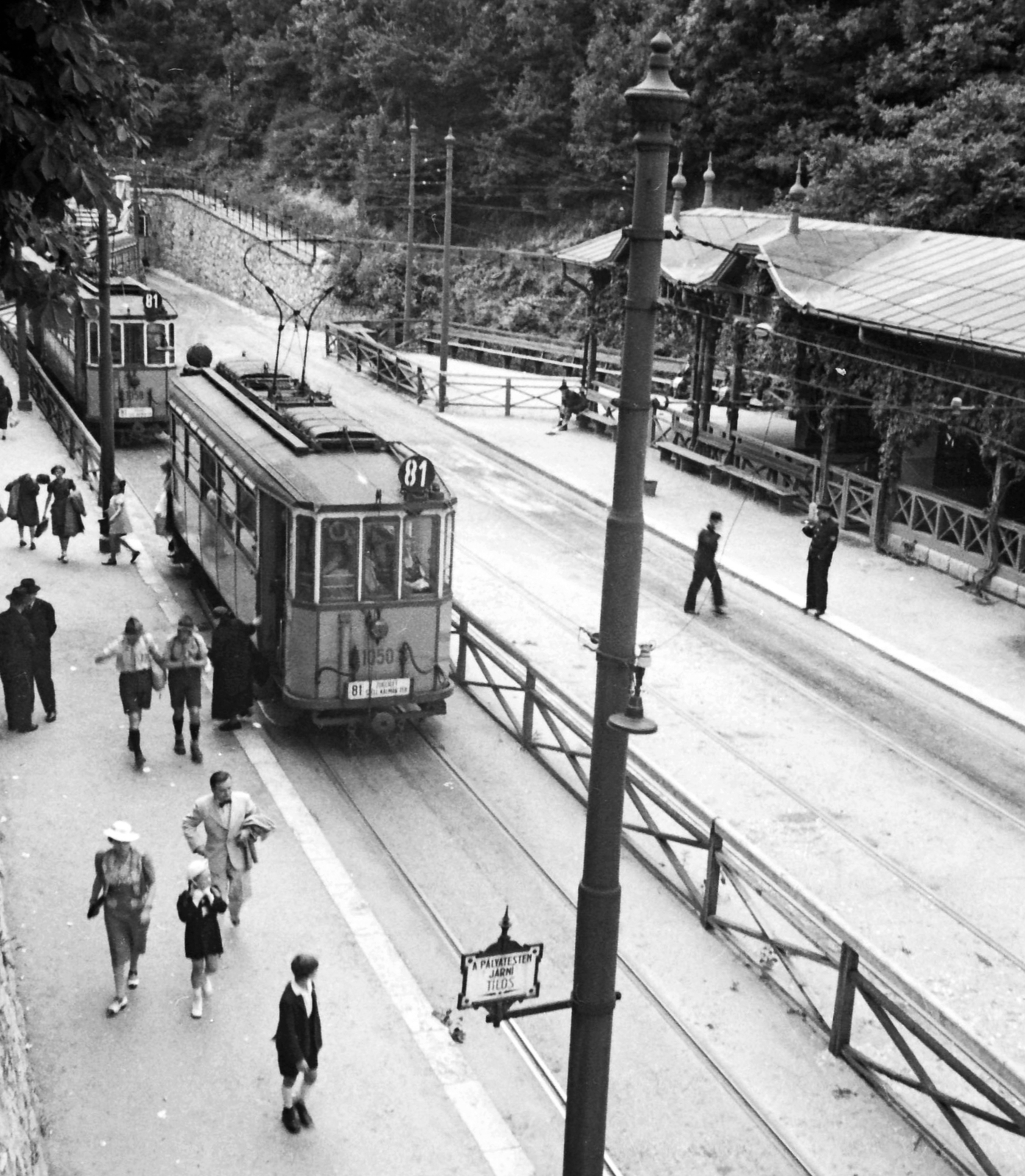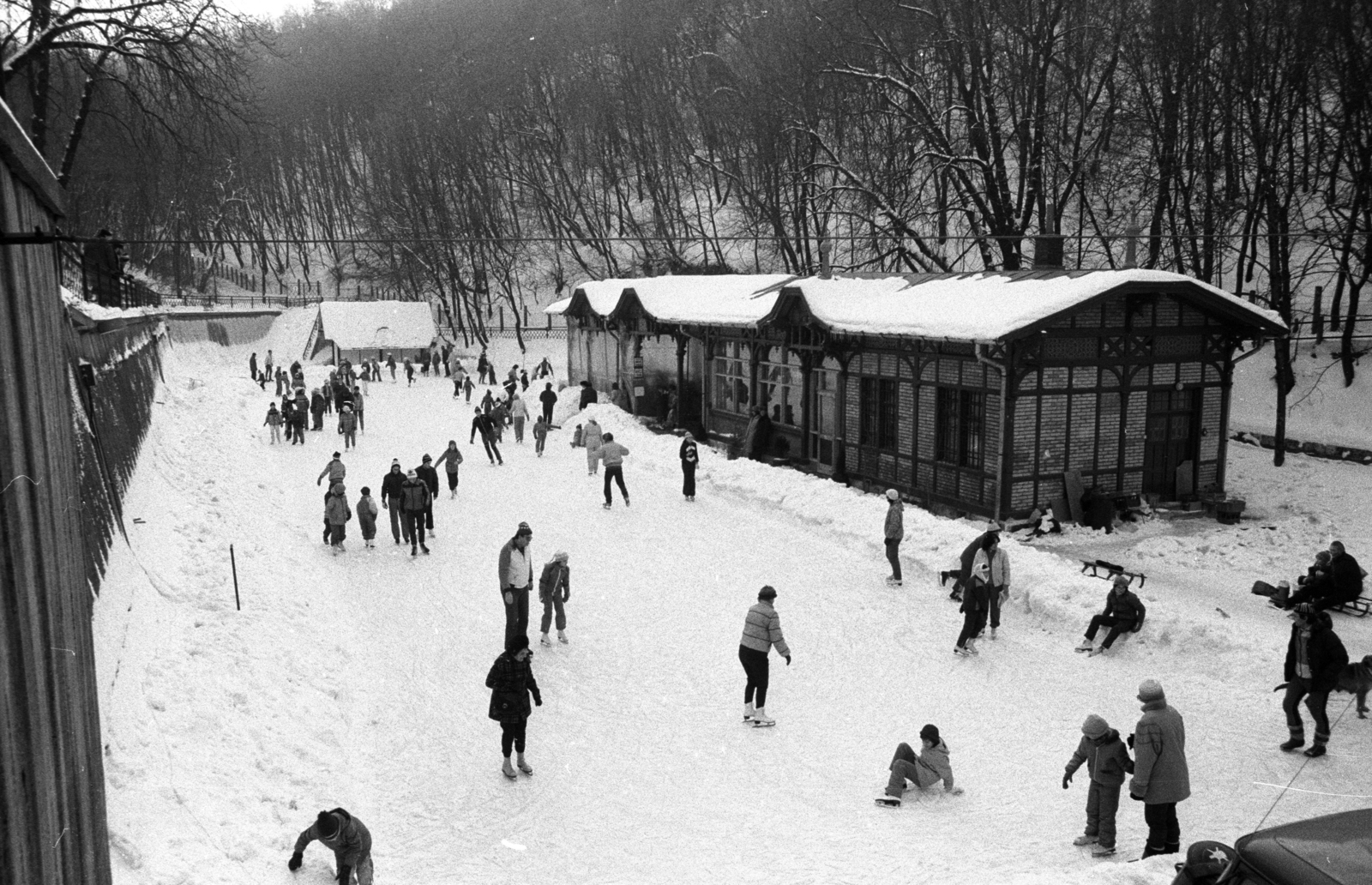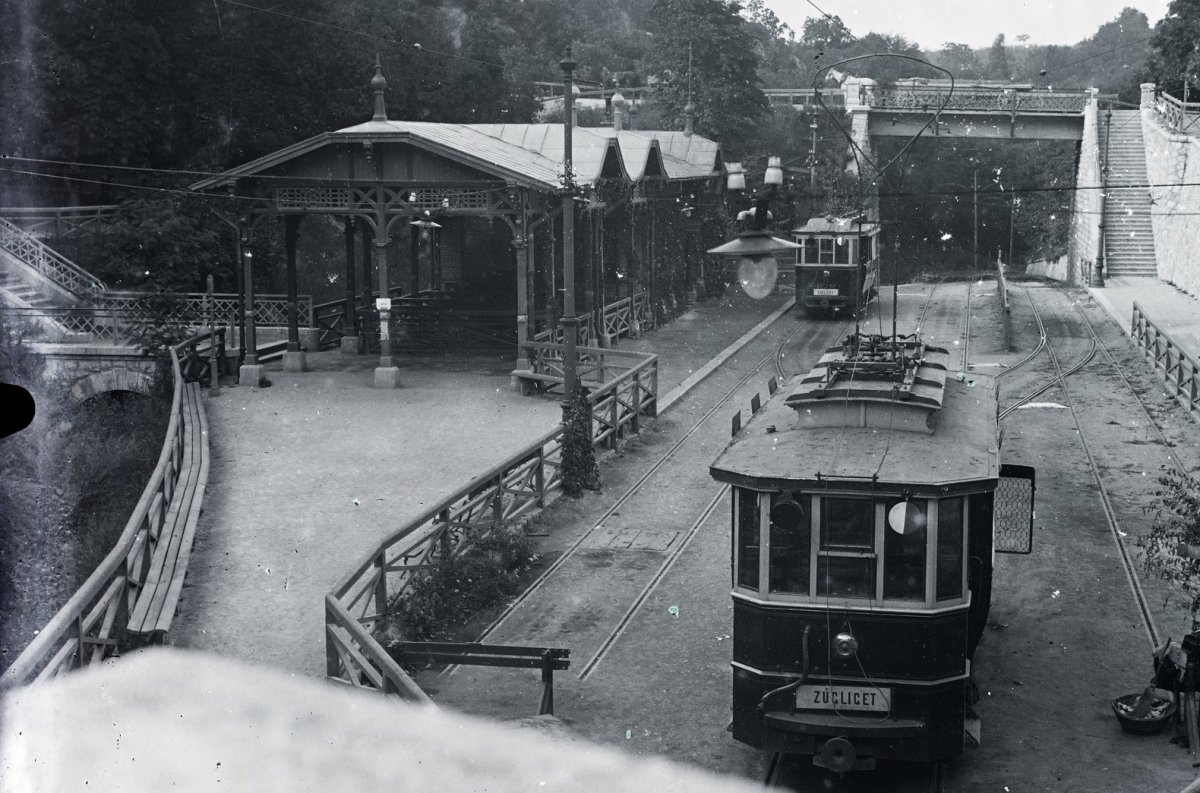Government decree 2059/2020. (XII. 30.) provides 1 billion 730 thousand HUF additional funding to the reconstruction and functional enhancement of the former tram terminus's historic buildings and their surroundings in Zugliget.
The wooden building, which currently houses a restaurant, will retain its function after the renovation, while a new skating rink, with required support facilities and machinery, will be built nearby.
The development is part of plans to revitalise Normafa, adopted by the Hungarian National Assembly in 2013. Several improvements have been made within the framework since then. New playgrounds, parks, running tracks, cardio trails have been created in Normafa and its surroundings. The Zugliget depot of the horse-drawn railway was designed by József Kauser and opened in 1886. The structure was renovated in 2017, and currently houses the Lóvasút Kulturális és Rendezvényközpont ('horse-drawn railway cultural and event centre') and hosts exhibits from the Hegyvidék Local History Collection. The Fácán restaurant in Zugliget, which currently houses the local primary school, was also renovated.

Zugliget tram terminus in 1940. Between 1915 and 1955, tram no. 81 served the station (Photo: Fortepan/No.: 18177)
From the middle of the 19th century onwards, the Buda Hills — including Svábhegy, János Hill, Zugliget — became increasingly popular among the inhabitants of Pest hoping to get away from the noise and dust of the city. Beyond the aristocracy and bourgeoisie, the taverns in Svábhegy and Zugliget were often visited by prominent figures from the worlds of politics and art. Transport to the area was improved continuously. Omnibus routes operated from 1832, the cogwheel railway was opened in 1871 and the horse-drawn railway opened in 1868, transporting passengers from Chain Bridge to the Laszlovszky grange. The line was electrified in 1896, and in 1903 it was extended to the gorge under the Fairy Rock.

A temporary ice skating rink was first opened next to the terminal building in 1986 (Photo: Fortepan/No.: 197999)
The tram line, originally designated number 43, was one of Budapest's most romantic routes, climbing the steep rocky hillside. Its terminus was formed on a roughly flat area. Between 1955 and 16 January 1977 tram number 58 run up the hillside, it was later replaced by the bus, 58V. Since its conversion, the wooden terminal building has operated as a restaurant and will continue to do so after the current renovation.
Cover photo: Zugliget tram terminal in 1909 (Photo: Fortepan, No.: 149470)









Hozzászólások
Log in or register to comment!
Login Registration